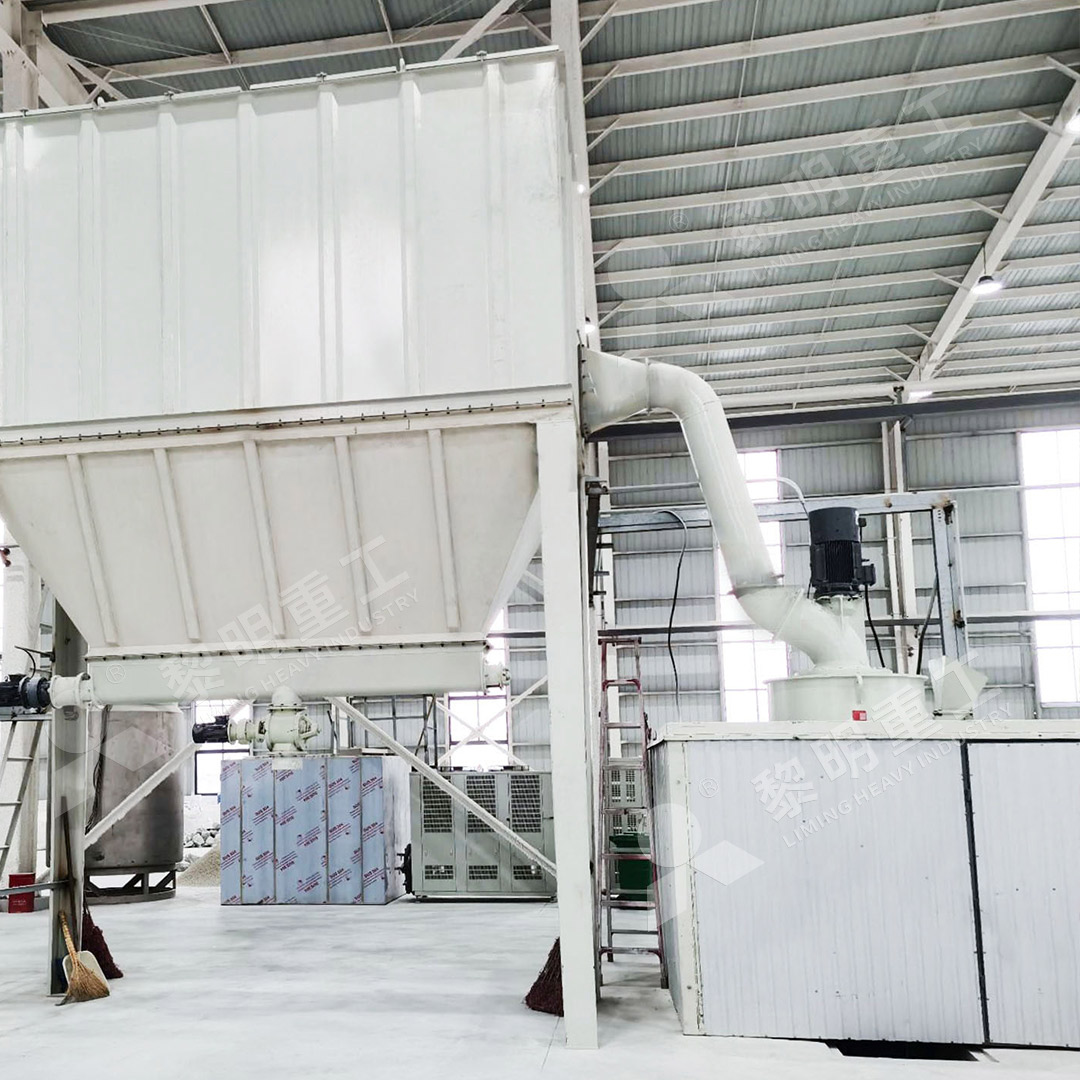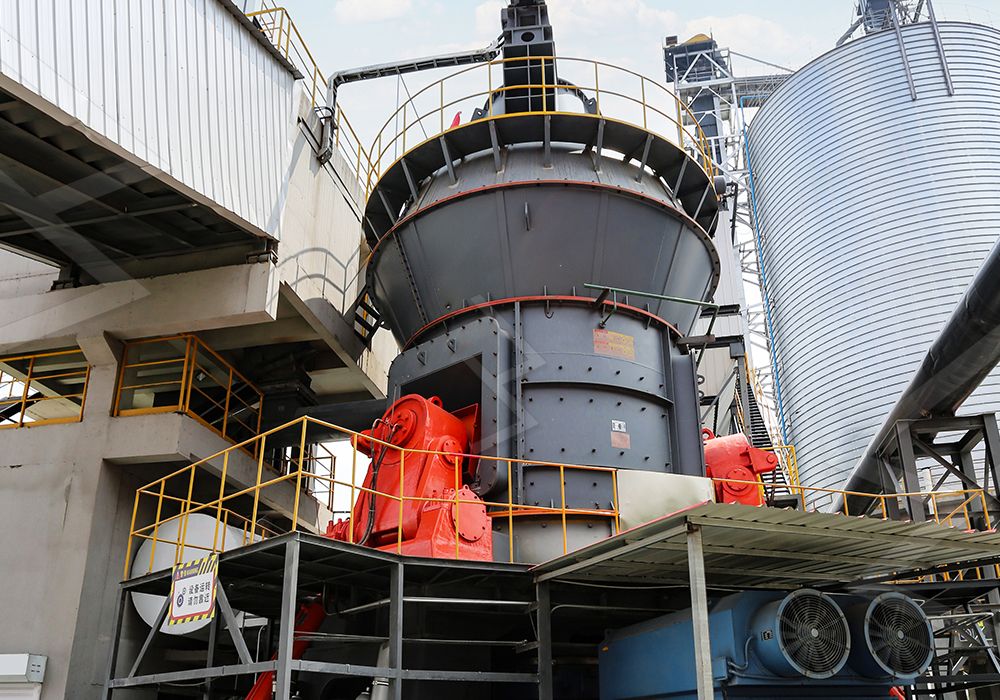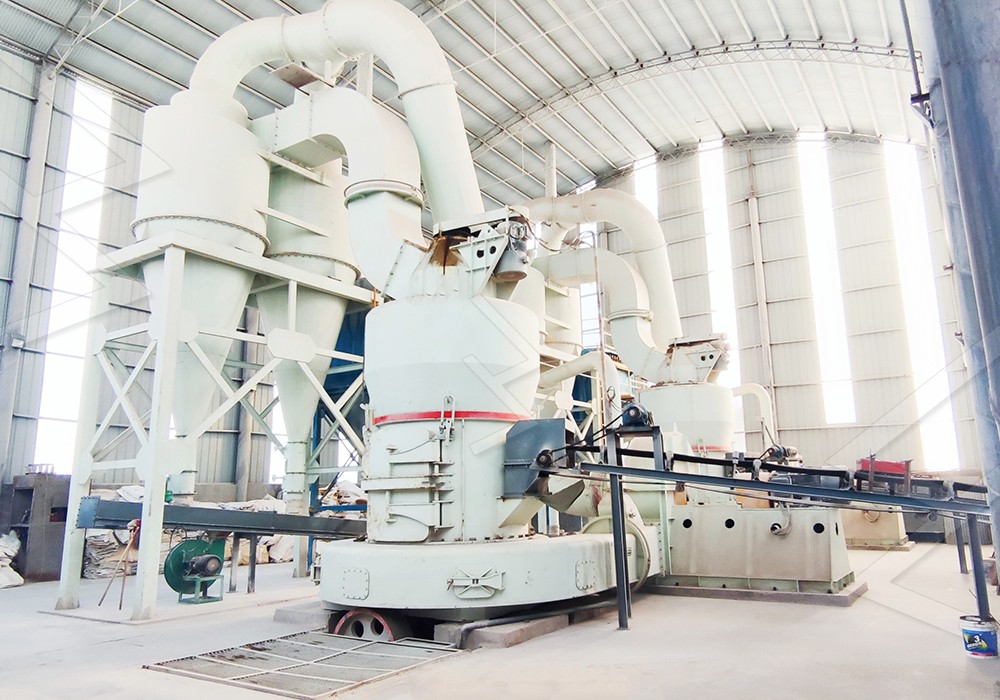Desulfurization Limestone Grinding Mill Equipment for Power Plants
Desulfurization Limestone Grinding Mill Equipment for Power Plants
In modern power generation, flue gas desulfurization (FGD) systems play a critical role in reducing sulfur dioxide emissions. The heart of any wet FGD system is the preparation of high-quality limestone slurry, where grinding mill technology becomes paramount. Selecting the right grinding equipment directly impacts desulfurization efficiency, operational costs, and environmental compliance.
The ideal limestone powder for FGD systems typically requires a fineness of 250-325 mesh with consistent particle size distribution. This specification ensures maximum surface area for the chemical reaction within the absorber tower while maintaining manageable slurry viscosity. Power plant operators must balance production capacity, energy consumption, and maintenance requirements when choosing grinding solutions.

For power plants seeking exceptional efficiency in limestone preparation, our MW Ultrafine Grinding Mill presents an outstanding solution. This advanced mill system processes 0-20mm limestone with capacities ranging from 0.5 to 25 tons per hour, making it suitable for various plant sizes. The MW series achieves remarkable energy savings—consuming approximately 30% less power compared to jet mills while delivering 40% higher output. Its German-designed cage-type powder selector enables precise fineness adjustment between 325-2500 meshes, ensuring optimal particle size for desulfurization reactions.
What truly sets the MW Ultrafine Grinding Mill apart in power plant applications is its innovative dust control system. The integrated pulse dust collector and muffler arrangement maintains workplace cleanliness and minimizes environmental impact, crucial for facilities operating under strict emission regulations. The absence of rolling bearings and screws in the grinding chamber eliminates common failure points, while external lubrication allows continuous 24-hour operation—a significant advantage for power plants requiring uninterrupted operation.

Another excellent option for power plant applications is the LUM Ultrafine Vertical Grinding Mill, which combines Taiwanese grinding roller technology with German powder separation systems. With an input size of 0-10mm and capacity of 5-18 tph, the LUM mill features unique roller shell and lining plate grinding curves that promote stable material layer formation. This design enables high-yield production of consistent limestone powder while reducing energy consumption by 30-50% compared to conventional mills.
The LUM’s double position-limiting technology provides exceptional operational stability, preventing destructive impacts during unexpected vibration events. For maintenance teams, the reversible structure simplifies access to grinding components, significantly reducing downtime during wear part replacement. Both the MW and LUM mills incorporate digital processing technologies that ensure machining precision for all core components, backed by comprehensive spare parts support.
Key Considerations for FGD Limestone Grinding
When implementing grinding systems for desulfurization, power plants should evaluate several critical factors. Material characteristics including moisture content, hardness, and chemical composition directly influence mill selection. Plant layout constraints may favor vertical designs like the LUM mill for their compact footprint, while production requirements might dictate the higher capacity ranges of the MW series.
Operational efficiency extends beyond energy consumption to include wear part longevity, maintenance frequency, and system reliability. Modern grinding systems should integrate seamlessly with existing plant control systems, offering remote monitoring capabilities and automated adjustment features. The environmental performance of the grinding circuit—particularly dust emissions and noise levels—remains a regulatory priority that directly impacts permitting and community relations.

Frequently Asked Questions
What fineness is typically required for limestone powder in FGD systems?
Most wet FGD systems operate optimally with limestone powder between 250-325 mesh. This fineness provides sufficient surface area for efficient SO2 absorption while maintaining practical slurry handling properties.
How does the MW Ultrafine Grinding Mill achieve energy savings compared to traditional mills?
The MW mill incorporates newly designed grinding curves and an efficient powder selection system that reduces energy consumption by approximately 30% compared to jet mills and 40-50% compared to ball mills, while maintaining higher production capacity.
What maintenance advantages do these grinding mills offer for power plants?
Both the MW and LUM mills feature designs that minimize maintenance requirements. The MW mill eliminates internal bearings and screws in the grinding chamber, while the LUM mill incorporates a reversible structure that allows easy roller access without major disassembly.
How do these grinding systems address environmental compliance concerns?
Integrated pulse dust collectors ensure virtually dust-free operation, while mufflers and noise reduction technologies maintain workplace and community noise levels within regulatory limits. The closed-system designs prevent material spillage and contamination.
What capacity ranges are available for power plant applications?
Our grinding solutions cover a wide spectrum—from the MW Ultrafine Grinding Mill’s 0.5-25 tph range to the LUM Vertical Grinding Mill’s 5-18 tph capacity, ensuring appropriate sizing for various plant requirements.
